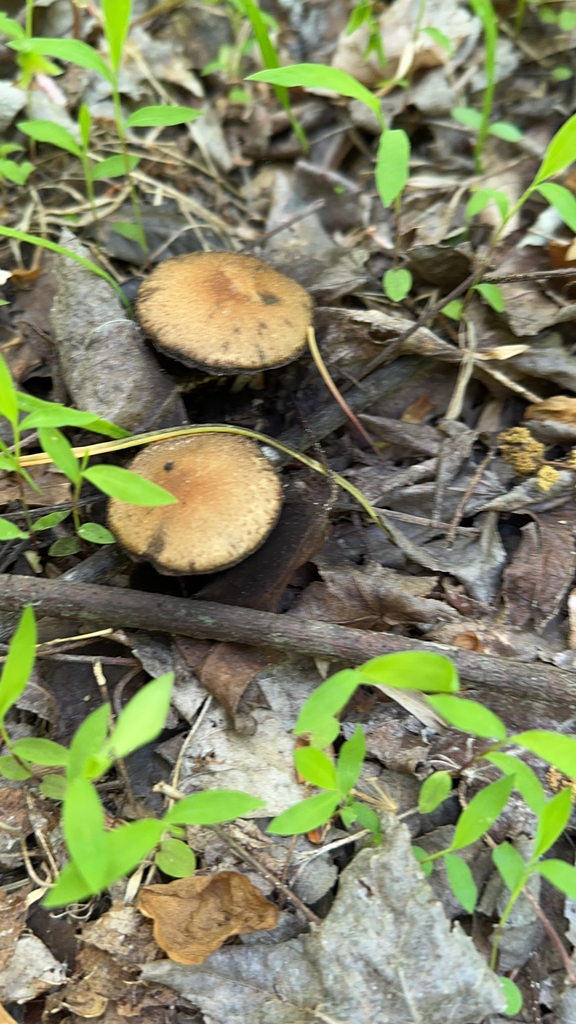
Lacrymaria lacrymabunda is a species of fungus in the family Psathyrellaceae. It is found in North America, Central America, Europe, northern Asia, and New Zealand, where it grows on disturbed ground in woodland, gardens, and parks. Although it is sometimes listed as an edible species, some individuals report developing stomach upset after eating it.









